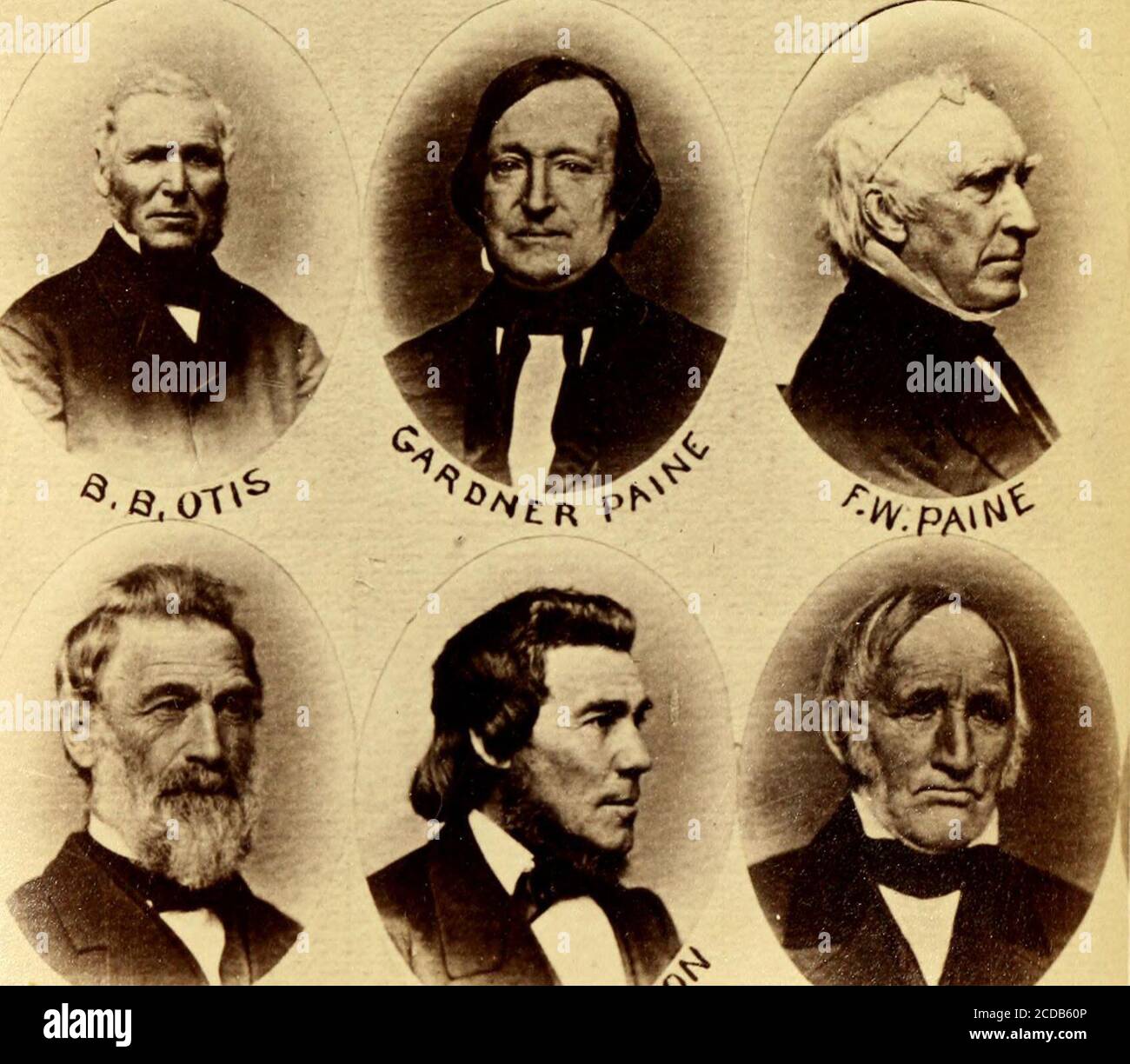
Three major factors contribute to this: the new hexagonal tiles, the inability to stack units, and new city abilities. Of course, the belligerent among us may be far less inclined to vie for a city-state's attention than to just burn it to the ground, but felling any city is markedly more difficult in this version. The number of city-states that appear on each map is tied to the number of civs for example, a map that starts with 4 civs has 8 city-states, 6 civs start with 12, and so on. Helping a city state may cause, say, the Romans to approach you, so they can inform you that the city-state Geneva is their kept political entity, not yours. You can also buy influence in city-states with cold hard cash, which improves their (continually declining) view of you.Ĭity-states also give AI civs something to bicker over with you, and with each other. City-states are (or at least will act) sort of helpless, and will occasionally pop up in your bubble to-do list requesting that you aid them in some way, like eliminating an enemy city-state of theirs, or helping them defend against an attacking civ. Some alerts for research and production are shown down the right-hand side of the screen.Ĭity-states award influence in a number of ways, including missions in their service. Two neighboring city-states, Bucharest and Vienna, are outlined on the map in a green striped line. A city-state can be befriended or eliminated, and each can offer help to a real civ trying to make it in the world, provided the civ has enough of a certain stat, called "influence," with the city-state. Instead, they are new proving grounds for diplomatic ability.

City-states are small, single-city entities that have no desire to expand or compete to win the game. In the actual game content, one of the most highly anticipated changes to Civ is the addition of city-states. The change feels subtle, since it's alerting you to all the same things that Civ has always been about, but it really becomes apparent how helpful it is as time passes and the game gets more complex. The tracked alerts make it much easier to do things in the order you think of them or want to do them, and if you forget anyone, the bubbles remind you. This way, if you were focused on picking whether a worker was going to build a farm or a water mill, the game doesn't leap in with other issues vying for attention. Instead, little bubble alerts (again with the friendliness) and a mutable action button on the right side of the screen track the happenings in game, and you generally must sort through them all before you're offered the "Next Turn" button. When something in the game happens-you finish researching a new technology, China has decided it doesn't like you anymore and wants 500 gold in tribute-the game no longer hijacks your thought process by popping open a display you need to pay attention to right away. The interface is also much better organized than previous versions.


The edges are more rounded and the text is friendlier, as if he game has been influenced a bit by its cartoonish console relation, Civilization: Revolution. This mostly happens by way of much smaller buttons for each action, such as Build Road, Build Farm, and so on, and menu boxes that slide open and closed as needed. The HUD that normally took up a good portion of space most of the time has been pared down quite a bit, even when an active unit, like a worker or soldier, is awaiting your command. The first thing you notice about Civilization V is the streamlined interface. While there is still a lot to explore and explain, here are some things that grabbed us in our brush with the newest version.

#P CIVILIZATION V CODE#
Civilization V is mere weeks away, but we've logged a few hours in some preview code manipulating history, fighting wars, wooing city states, and building World Wonders.


 0 kommentar(er)
0 kommentar(er)
